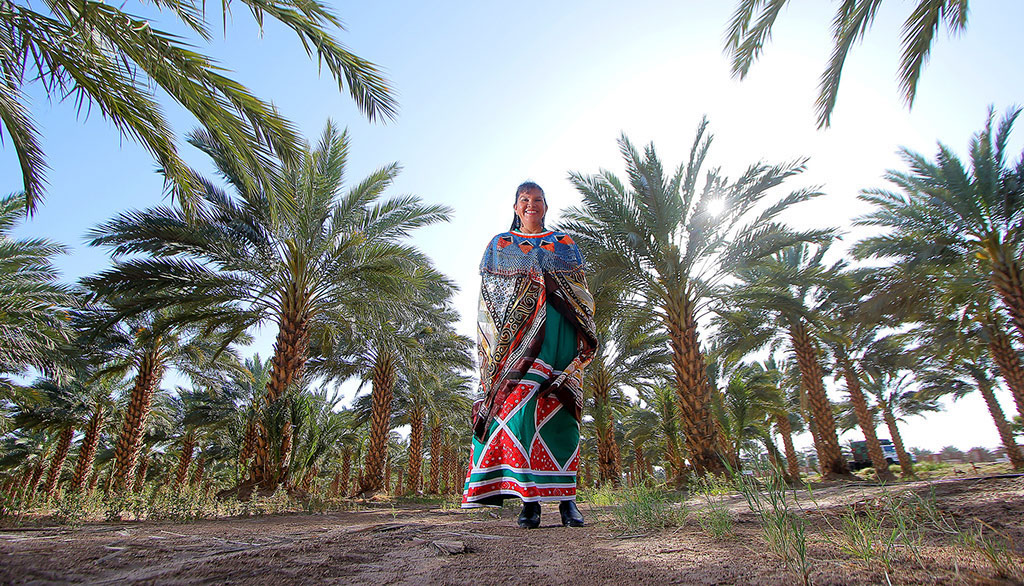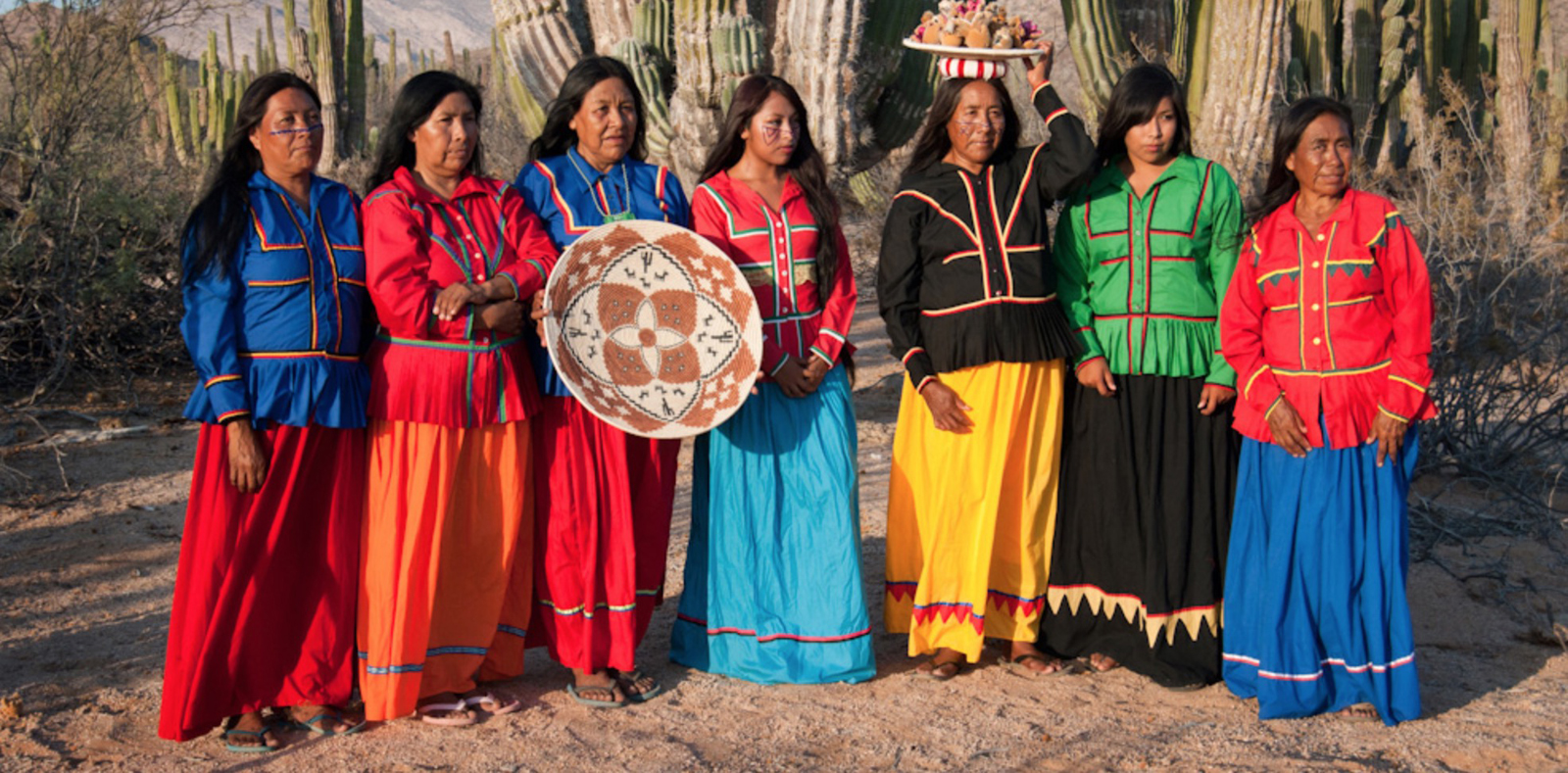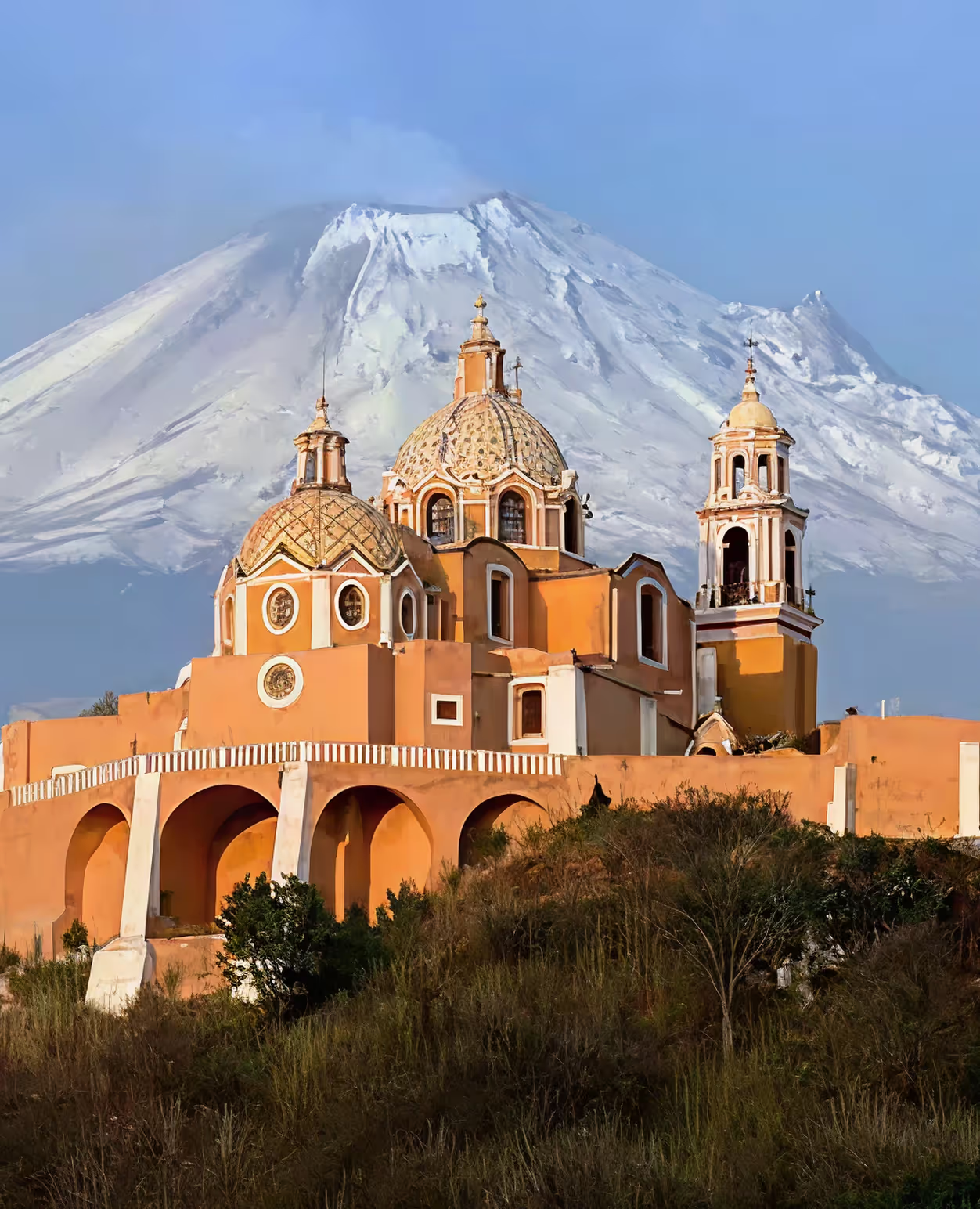Plan your trip
Plan my custom trip
Request a quote
Customize my trip
Design your trip




The name Cucapá means “people of the water” or “people of the river,” as they have traditionally lived along the banks of the Colorado River in northwestern Sonora. The Cucapá belong to the Yuman ethnolinguistic family, a group made up of 15 ethnic communities from the deserts of Baja California, Sonora, Arizona, and California in the United States, marking them as a binational ethnic group.
They are settled in three distinct areas: Pozas de Arvizu in Sonora; El Mayor and Cucapá Mestizo in Mexicali; and Somerton in Arizona, United States. With a history stretching back approximately six millennia, the Cucapá people are one of the nearly extinct ethnic groups in Sonora.

Yuman is not only the name of this ethnic group but also the name of their language, part of the Yumano-Cochimí family. Today, it is spoken primarily by older members of the community, while younger generations increasingly prefer Spanish. Sadly, this shift means the language may soon disappear.
The Cucapá worldview centers on nature. They believe in Sipa and Komat, two sister deities who created the universe, humanity, and plant life. In honor of these deities, they fashioned figures from baked clay, which are traditionally burned alongside a person’s belongings and home after they pass.
Today, many younger Cucapá have embraced Catholicism and now observe new celebrations like Easter and Resurrection Sunday.

In the past, the Cucapá crafted necklaces and bracelets from bones, clay, and wood, and made everyday items like plates, vessels, and cups from clay. Although these traditional crafts have faded due to the scarcity of materials, they continue to make similar designs using plastic and acrylic.

The Cucapá people are a small yet resilient community with a rich history and mythology that is worth knowing and preserving.
***
If you enjoyed this article, you might be interested in:
Nahá, a small town in Lacandon Jungle
Weaving Dreams: Indigenous Textiles in the Homes of San Juan Chamula and Zinacantán


